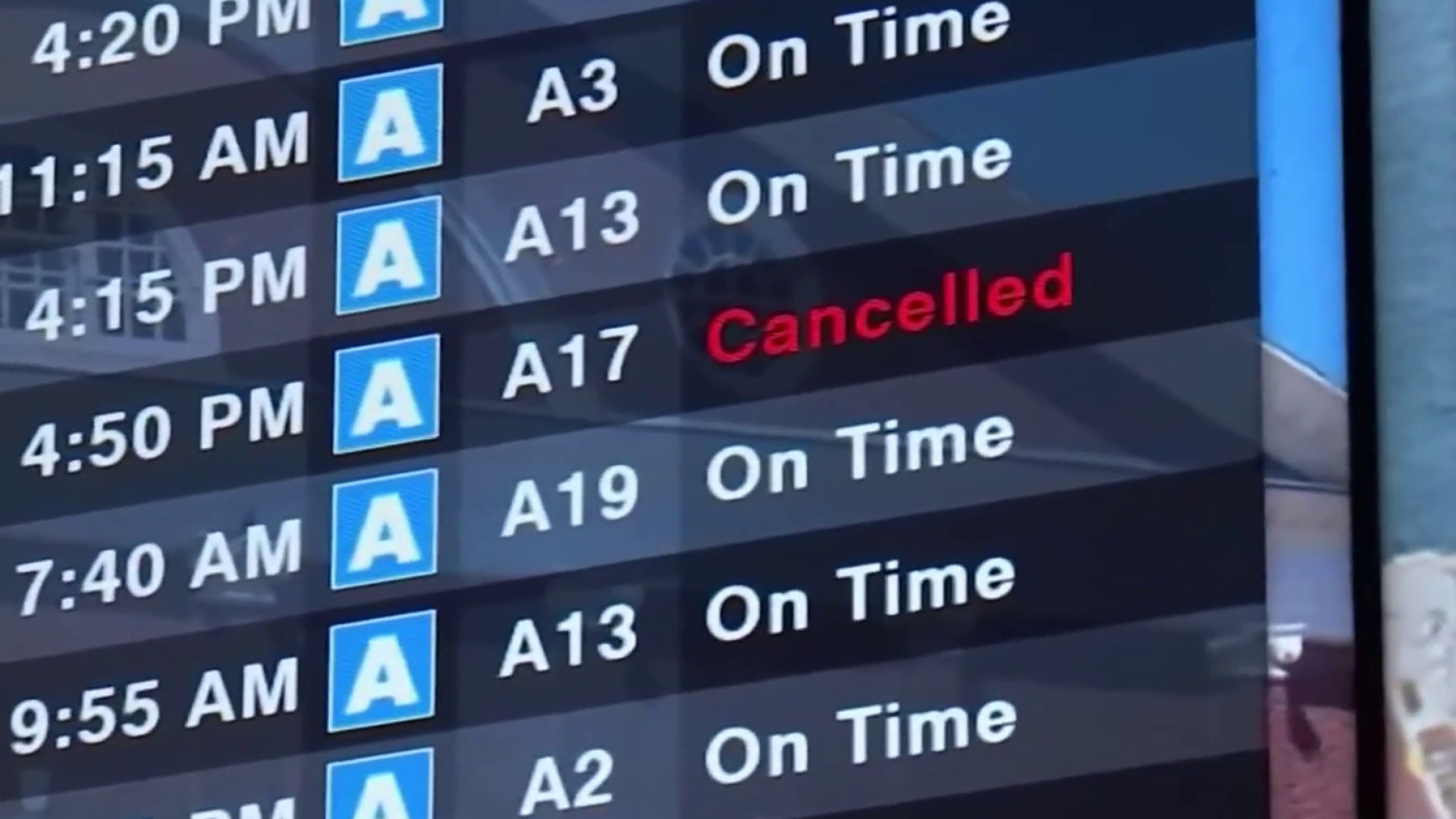A group seeking to force San Francisco to drain the Hetchy Hetchy Reservoir in Yosemite National Park and restore the valley beneath it has lost an appeal to the California Supreme Court.
The high court on Wednesday declined without comment to review an appeals court ruling that upheld San Francisco's right, granted by Congress in the 1913 Raker Act, to build a dam creating the reservoir to capture Tuolumne River water.
The O'Shaughnessy Dam was built in 1923. The water, piped to the Bay Area, now provides drinking water for 2.6 million people in San Francisco and parts of San Mateo, Santa Clara and Alameda counties.
It also supplies the Modesto and Turlock irrigation districts and creates hydroelectric power.
The group Restore Hetch Hetchy, based in Berkeley, contends San Francisco's operation of the dam and reservoir violates a state constitutional requirement that any diversion of water must be reasonable.
It sued the city in Tuolumne County Superior Court in 2015.
A Superior Court judge in 2016 and then a state Court of Appeal panel in Fresno in July ruled that the federal law supersedes the state constitution and said the lawsuit should be dismissed.
Local
The state Supreme Court's denial of a hearing leaves the appeals court decision in place.
The case could be appealed further to the U.S. Supreme Court.
Representatives of Restore Hetch Hetchy were not immediately available for comment.
San Francisco City Attorney Dennis Herrera said in a statement, "This lawsuit was misguided from the start. Attempting to drain a reservoir that provides emissions-free hydroelectric power and clean drinking water to 2.6 million Bay Area residents is a terrible idea."
Hetch Hetchy Valley, in the northwest part of Yosemite National Park, is nine miles long and was carved from granite cliffs by glaciers and the Tuolumne River.
Naturalist John Muir, who fought against the dam, compared Hetch Hetchy to Yosemite Valley to the south and called it a "most precious and sublime feature of the Yosemite National Park."
The lawsuit sought to require the city to develop a plan to divert water farther downstream, make system improvements to maintain a reliable water supply and eventually restore the valley.



